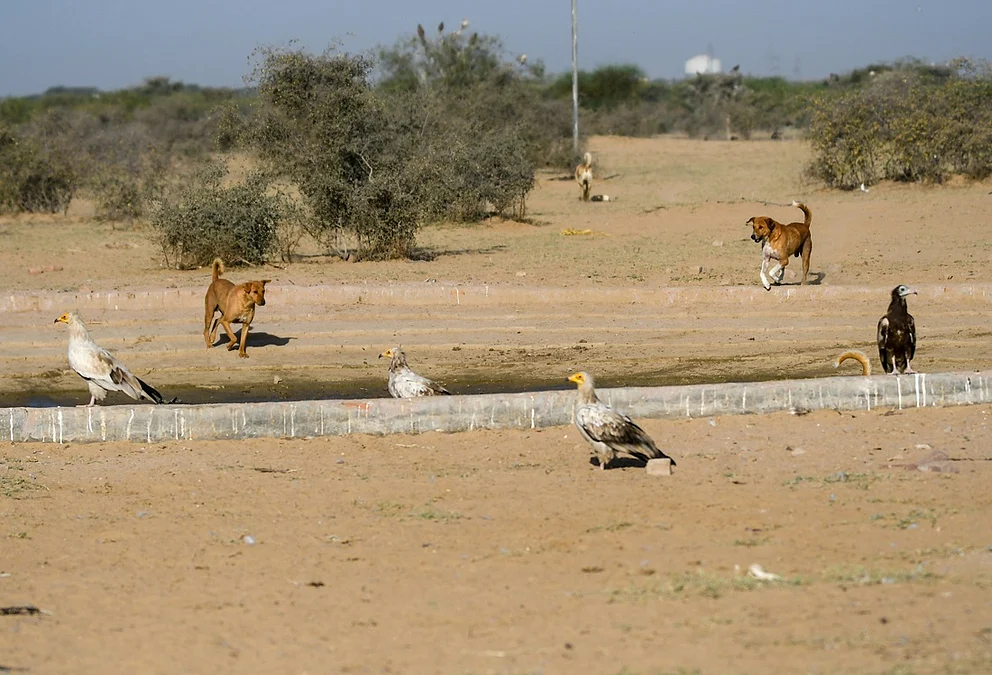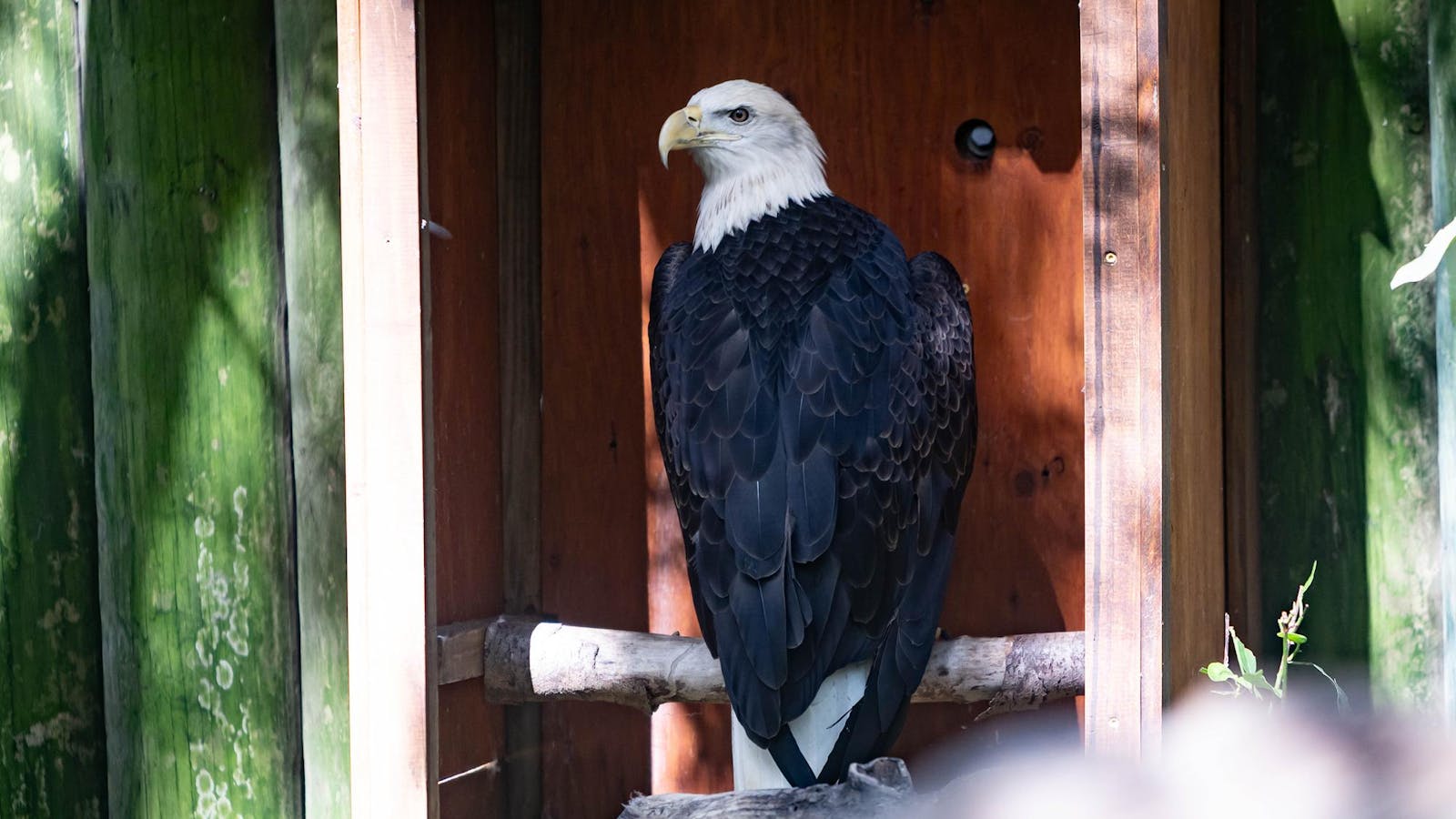Copyright downtoearth

The Supreme Court’s second ruling on street dogs has stepped back from the earlier sweep of “remove them all,” narrowing its focus to genuinely dangerous individuals — ‘aggressive’ and rabid dogs. This provides an opportunity to distinguish risk from rhetoric and to build systems that prevent both cruelty and panic. Too often, however, the Animal Birth Control Rules (ABC), 2023, are treated as a city-only remedy. They are equally a rural public-health and conservation tool. Non-urban spaces also need protection from rabies and hold far more wildlife than cities.Wildlife in non-urban spaces For conservationists, love for dogs and wildlife can feel at odds. The science is clear: free-ranging dogs threaten wild species in non-urban landscapes and protected-area buffers worldwide. As social predators, they compete with native carnivores, hunt across age classes (including eggs of ground-nesting birds and reptiles), harass and displace wildlife, and spread rabies and canine distemper—enough to derail conservation.Globally, dogs have driven 11 species to extinction and threaten 188 species (96 mammals, 78 birds, 22 reptiles, 3 amphibians). Examples span regions: in the western Himalaya, dogs have killed hundreds of markhor; in Israel, gazelle fawn survival fell to zero at dog-exposed sites; on Mexico’s Cedros Island, dog predation cut elephant seal populations by ~20%; Madagascar’s fosa declined up to 40 per cent where dogs proliferate. In India, blackbucks to nilgai to snow leopards have all been victims. Dogs have been known to reduce the survival of the Great Indian Bustard by 60-70 per cent through egg predation. They also raid Olive Ridley turtles’ nests and have killed adults. Canine Distemper has also killed lions in Gir. In Ladakh, dogs have chased, preyed on, or displaced at least 12 species, including kiang, marmots, woolly hares, Eurasian lynxes, Pallas’s cats and Himalayan wolves. Removal not a solutionNon-implementation of ABC, illegal off-loading of city dogs into rural environs and availability of edible waste together create a source-sink that quickly repopulates areas with dogs after existing packs are removed, sustaining the disease risk. Worse, the apex court’s statement during the hearing of the first ruling — “for the time being, forget the rules” risked normalising non-compliance — signalling that mandated systems can be skipped while the weak and voiceless are targeted as ‘inconvenient’. Extending that logic to the Wild Life (Protection) Act, 1972, could justify removing ‘inconvenient’ wild species instead of building lawful systems that enable coexistence. ‘Aggressive’ / rabid should be removed Guidance of the Animal Welfare Board of India treats as ‘aggressive’ those dogs that ‘habitually bite or attack without provocation’, with that behaviour persisting beyond neutering and veterinary observation (typically 10 days to 3 weeks). Similar standards exist in California, Arizona, Florida and Washington in the United States while Australia and Canada allow dogs to be removed if repeat aggression towards wildlife is documented. The term “unprovoked” however excludes incidents where the dog was tormented, abused, injured, or defending itself, its handler or dependent young. What we must do Against this backdrop, villages need for their ABC committees to be constituted with the sarpanch (village head), ASHA/ANM, social workers, forest beat guards/rangers, SHGs, local veterinarians, youth representatives and wildlife enthusiasts. Mobile ABC units need to be deployed by involving state veterinary colleges and non-profits under public-private partnership frameworks. Baselines on dog counts, waste audits, bite records need to be established for each place. District health and animal-husbandry budgets can be braided with the forest department’s funds (e.g. – CAMPA) to facilitate the process. Overall, considering the assets required for these measures already exist, India needs policy directives to use them together.States should notify 5-10 km wide “ABC Rings” around key wildlife areas and then work village by village or grid by grid, targeting at least 70 per cent sterilisation and vaccination coverage in each cluster; below that threshold, births and rabies risk rebound. District teams skilled in safe capture, triage and case documentation for genuinely dangerous or rabid dogs are needed along with guaranteed free, reliable post-exposure prophylaxis (PEP) at every primary health care centre. Indicators of success need to be tracked like a scoreboard: sterilisation and vaccination coverage above 70 per cent, declining pup ratios, falling bite incidence with rising PEP completion. Coexistence is possible Sustained coexistence in wildlife-rich landscapes hinges on public education and shared stewardship of community dogs. Lessons in dog behaviour and bite prevention can start in schools and community awareness programs. Where food scarcity drives ranging behaviour in dogs, supervised feeding points inside village cores — never at edges of wildlife-rich areas — paired with strict waste control in areas that are frequently used by wildlife and high ABC coverage may reduce attacks on wildlife. The ultimate aim is to stabilise behaviour without creating new population subsidies. .Tiasa Adhya is an ecologist and conservationist with The Fishing Cat Project, Fishing Cat Conservation Alliance and Human and Environment Alliance League. She is also member of the IUCN Species Survival Commission and adjunct faculty with St Xavier’s (Autonomous) College, Kolkata.Views expressed are the author’s own and don’t necessarily reflect those of Down To Earth



